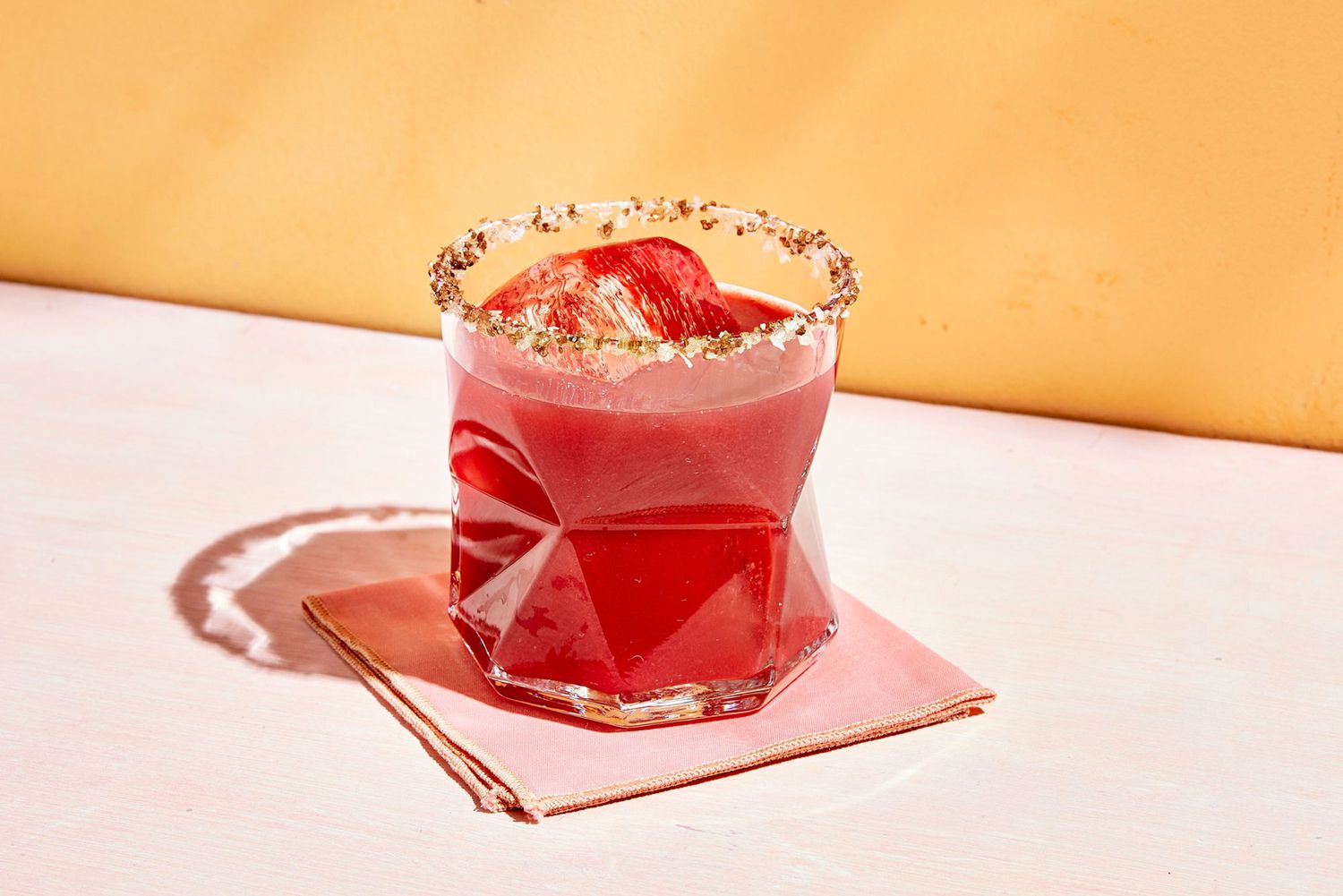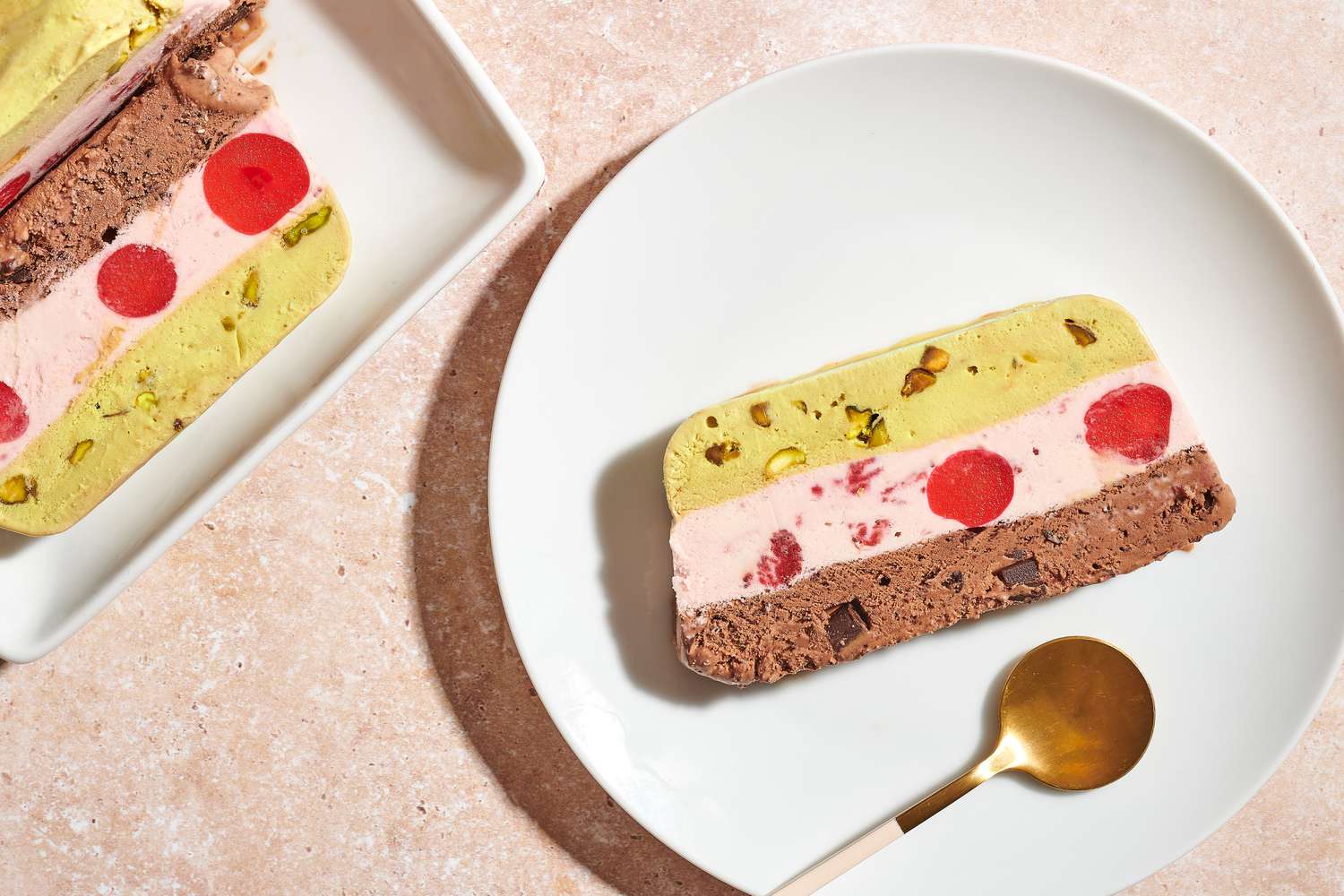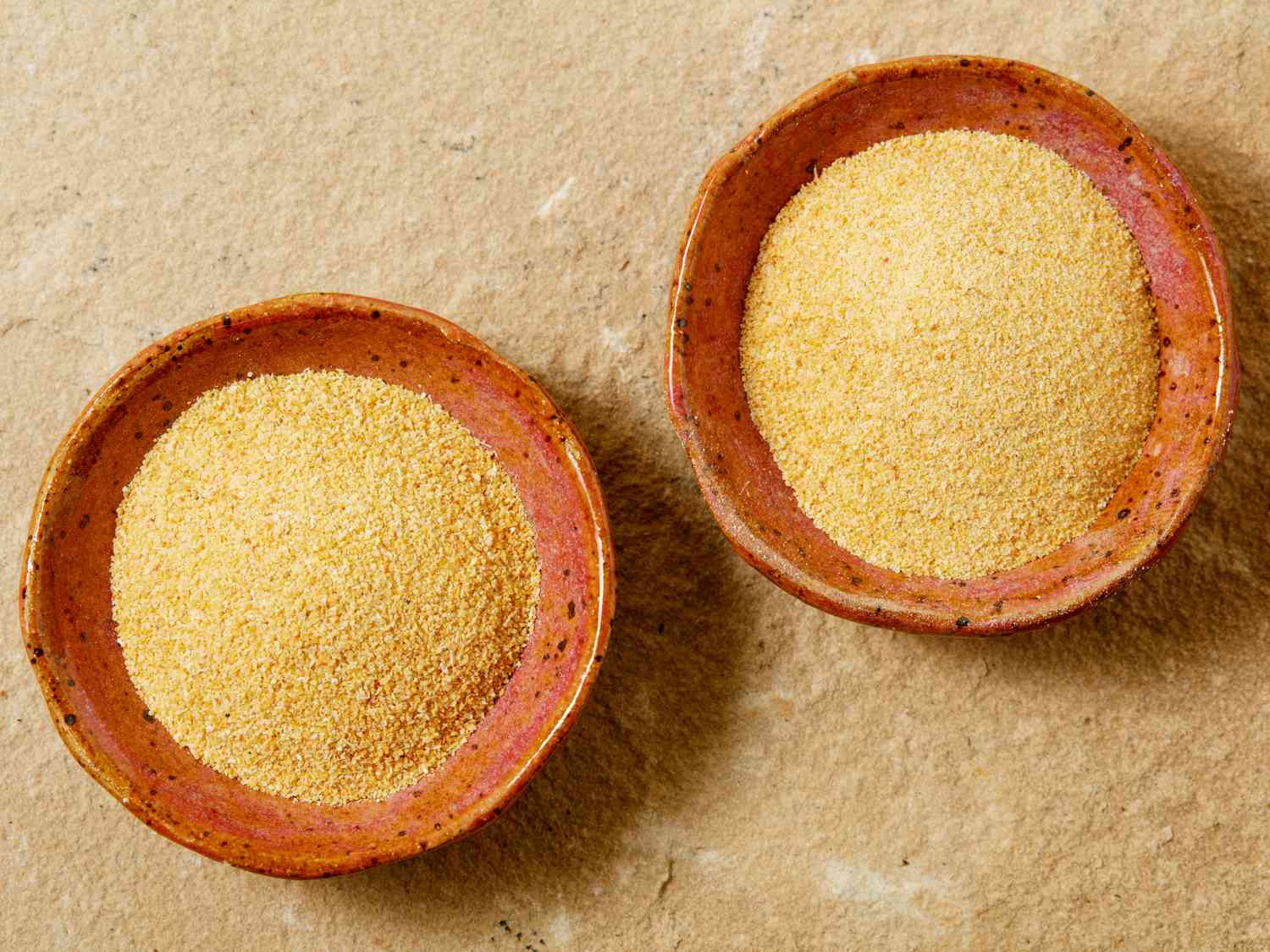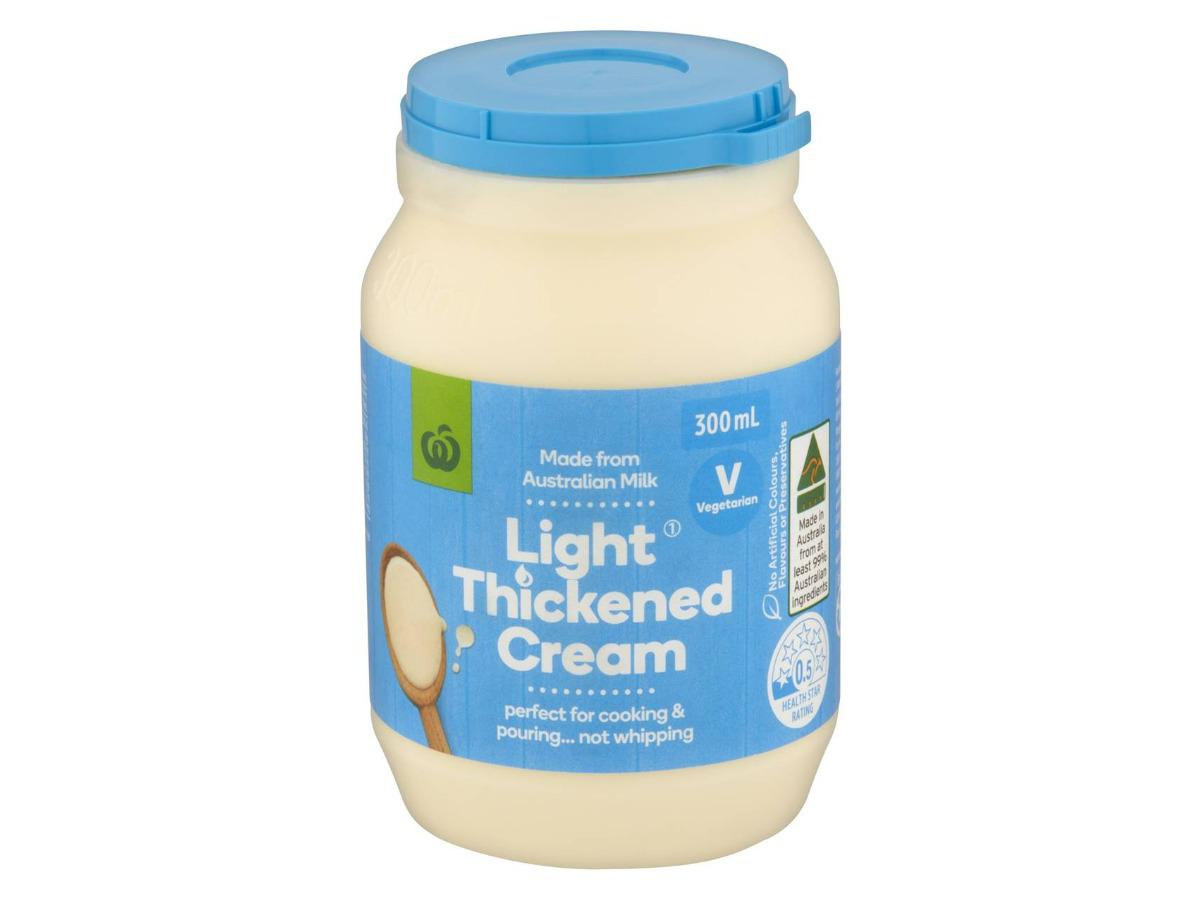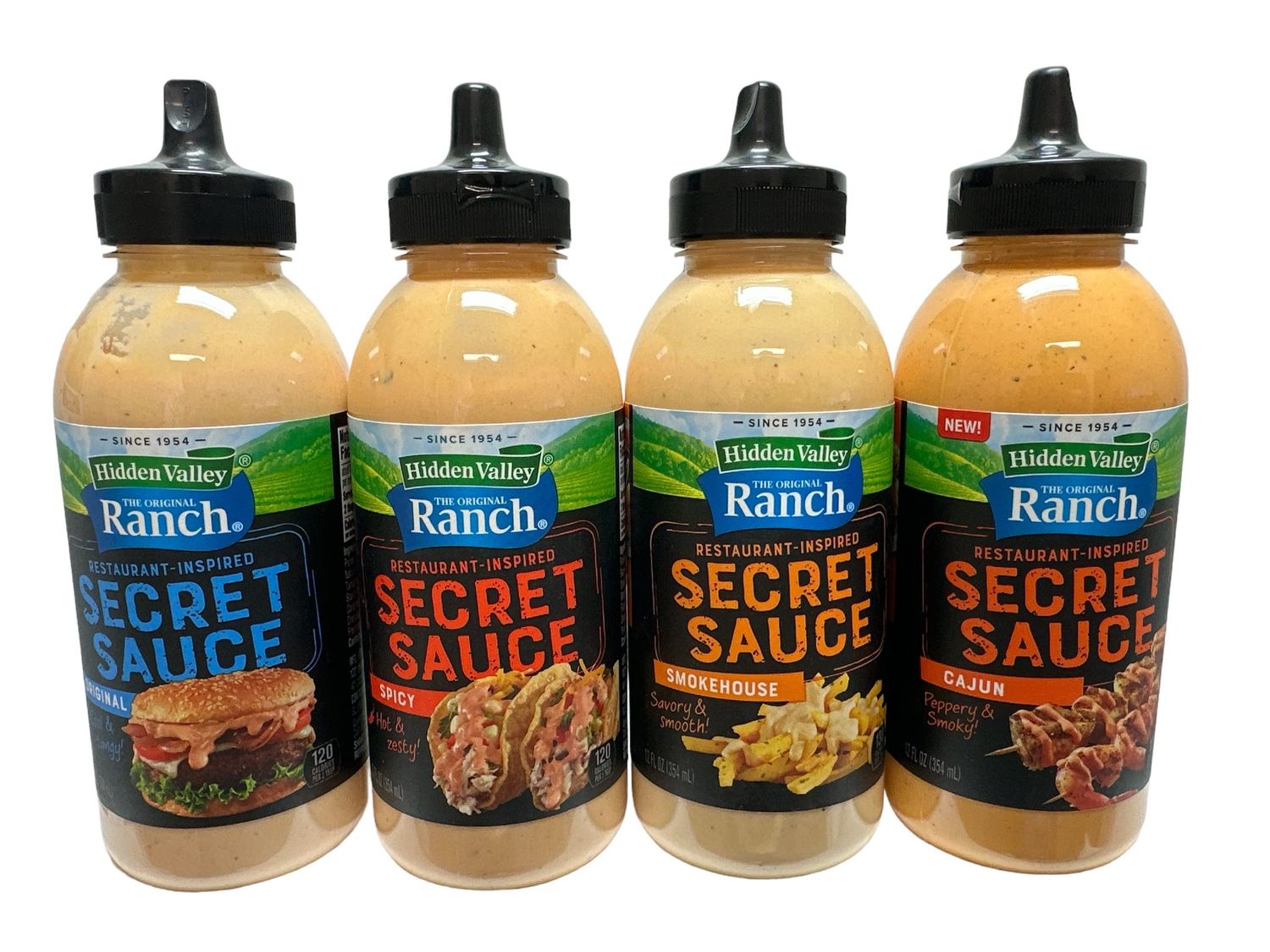When it comes to exploring new and exciting flavors, taro paste is a unique and delicious ingredient that's worth getting to know. Whether you're a culinary enthusiast or simply curious about different types of food, understanding what taro paste is and how it's used can open up a world of culinary possibilities. In this article, we'll delve into the origins of taro paste, its uses in cooking, and the potential health benefits it offers.
What is Taro Paste?
Taro paste is a sweet and creamy filling made from the taro root, a starchy tuber that is widely used in Asian and Pacific Island cuisines. The taro root is known for its distinctive purple hue and nutty flavor, which lends itself well to both savory and sweet dishes. To make taro paste, the taro root is steamed or boiled until tender, then mashed and sweetened with sugar to create a smooth, velvety texture.
Culinary Uses of Taro Paste
Taro paste is a versatile ingredient that can be used in a variety of culinary applications. Here are some popular ways to incorporate taro paste into your cooking:
-
Desserts: Taro paste is commonly used as a filling for pastries, buns, and mochi, adding a rich and slightly sweet flavor to these treats.
-
Beverages: In some cultures, taro paste is used to flavor drinks such as bubble tea or smoothies, adding a unique twist to these popular beverages.
-
Cakes and Puddings: Taro paste can be used as a filling or topping for cakes and puddings, adding a creamy and indulgent element to these desserts.
-
Savory Dishes: While taro paste is often associated with sweet dishes, it can also be used in savory applications, such as fillings for dumplings or as a component in savory stews and soups.
Health Benefits of Taro Paste
In addition to its delicious flavor, taro paste also offers some potential health benefits. Taro root is a good source of fiber, vitamins, and minerals, including vitamin E, potassium, and magnesium. It also contains antioxidants, which can help protect the body from oxidative stress and inflammation. However, it's important to note that taro paste is often sweetened with sugar, so it should be enjoyed in moderation as part of a balanced diet.
Where to Find Taro Paste
If you're interested in trying taro paste for yourself, you can find it at Asian grocery stores, specialty food markets, or online retailers. Look for pre-made taro paste in cans or jars, or purchase fresh taro root to make your own homemade taro paste.
In Conclusion
Taro paste is a unique and flavorful ingredient that adds a touch of exotic flair to a wide range of dishes. Whether you're indulging in a sweet taro-filled pastry or sipping on a refreshing taro-flavored beverage, this versatile ingredient is sure to pique your taste buds. With its potential health benefits and culinary versatility, taro paste is definitely worth exploring for anyone with an adventurous palate.
Was this page helpful?
Read Next: What Is Temple Meat?

